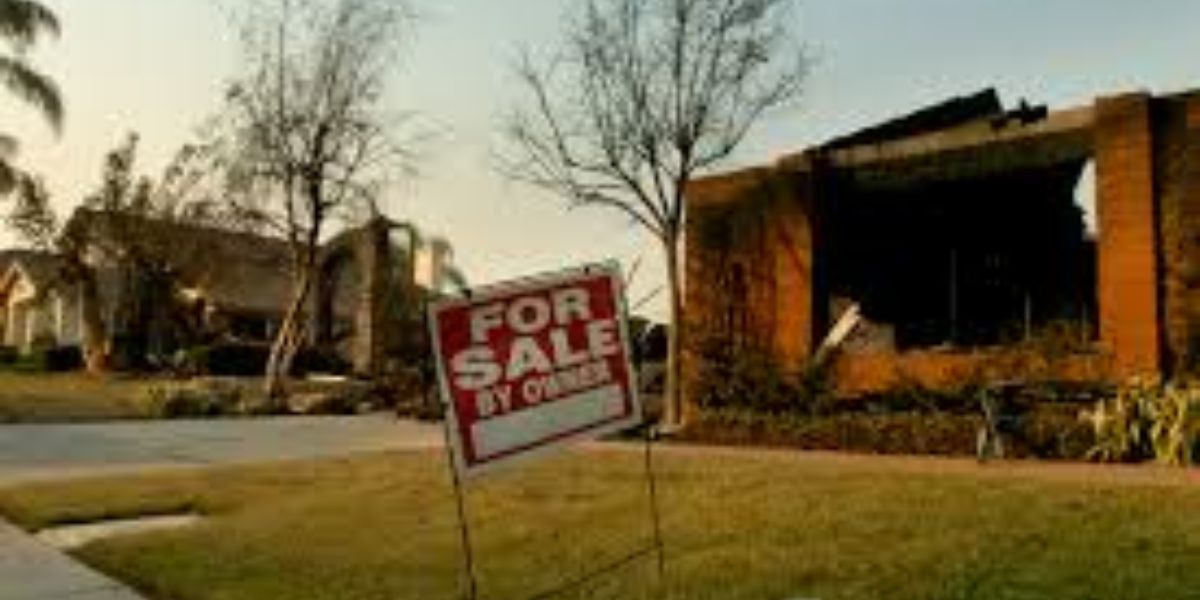Avoid These 3 Cities: the Emerging ‘Climate Change Real Estate Bubble’ Signals Caution
Aside from its outstanding position, your zip code has recently become more expensive due to climate change. Rising sea levels, roaring wildfires, and other catastrophic weather occurrences have made it increasingly difficult to finance a home.
Although affordable housing and climate change are considered different issues, they are inextricably linked. According to a recent research by Realtor.com, “in 2024, almost 44.8% of homes in the United States, with a total value nearing $22.0 trillion, confront at least one type of severe or extreme climate risk from either flood, wind, wildfire, heat or air quality.”
Because of these high-risk concerns, homeowners will face increased insurance premiums and increasing property taxes, as well as less demand for waterfront properties and an overall increase in the cost of owning a home, according to U.S. News & World Report.
As a result, some individuals are relocating. “Roughly 8% of U.S. residents likely to move within the next year are doing so because they’re concerned about the impact of climate change on their previous area, compared with 22% moving for a lower cost of living,” a study conducted by Redfin showed.
Understanding how climate change affects real estate is critical for both safety and the financial impact on housing costs. Here are several cities where you should avoid buying a home due to climate change.
1. Los Angeles
California is no stranger to wildfires, which have become so common that numerous insurance firms have stopped offering coverage or raised rates dramatically.
“In 2024, approximately 5.5% of homes (worth $3.0 trillion) in the United States face severe or extreme risk of fire damage, and nearly 39.1% of these high-risk homes (worth $1.7 trillion) are in California,” stated Realtor.com. “Los Angeles, California sees the highest total value of homes at severe or extreme risk of fire.”
2. Miami
The coastal city is famed for its beautiful beaches, vibrant nightlife, and breathtaking mansions, but purchasing real estate in Miami can be risky. According to Realtor.com, the city has the greatest total value of property in severe or extreme heat, wind, and flood zones.
Additional living expenses in Miami include HVAC and energy-efficiency system upgrades, as well as extra insurance due to hurricane threats. “The Insurance Information Institute found that Floridians pay an average of over $4,000 per year for their home insurance — about three times the national average,” according to Kin Insurance.
3. New Orleans
While New Orleans is a beautiful city with fascinating culture, fantastic times, and delicious cuisine, it might be a risky area to acquire real estate. The Big Easy is prone to floods because it was constructed just above sea level and is sinking. “Miami, Florida has the highest total value of homes at severe or extreme risk of floods, while New Orleans, Louisiana leads the rankings in terms of the share of property value at risk. There isn’t much supportive infrastructure, and hurricane season can exacerbate the city’s flooding problems.










